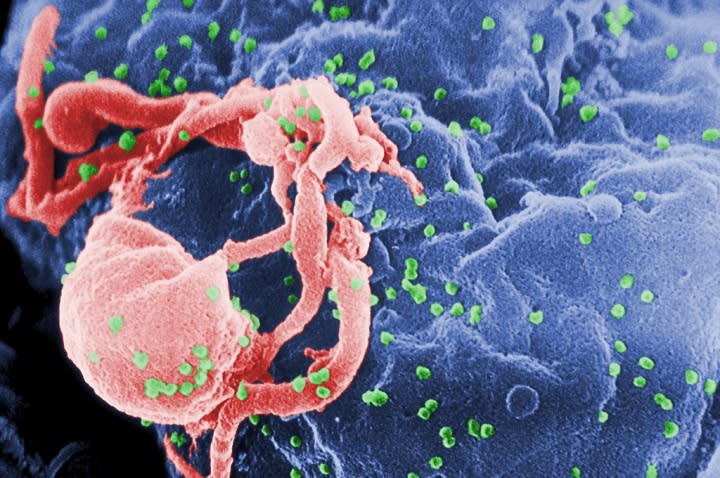Did an ancient virus ‘infect’ some people with drug addiction?

An ancient retrovirus which infected our primate ancestors could be linked to people who suffer from drug addiction today.
The human genome is ‘littered’ with remnants of ancient retroviruses – but one remnant, HK2, seems to be more frequently found in people who inject drugs, a research project has found.
The integration of the virus predates the emergence of modern humans, and has been found in Neanderthal and Denisovan genomes.
The Greek researchers found that people who inject drugs are two to three times more likely to have the integration of HK2 within RASGRF2 (a gene involved in regulating dopaminergic activity in the brain).
READ MORE FROM YAHOO NEWS UK:
Woman, 86, has heart attack after ‘callous’ thieves steal her purse in post office
Skydiver’s chilling final post just hours before tragic fatal plane crash
Apple’s new ‘toughest ever’ £1,449 iPhone smashes very easily when dropped
Debate rages over woman who ‘reserved’ parking spot by standing in it for 10 minutes
Labour ‘not ruling out Remain option’ in second referendum, says Starmer
It’s a ‘strong indication’, the researchers say, that it predisposes people to addictive behaviour.
Professor Katzourakis, from the University of Oxford, said, ‘Our study shows for the first time that rare variants of HK2 can affect a complex human trait.’
Dr. Gkikas Magiorkinis, , from the University of Athens, who led the study added: ‘Most people think these ancient viruses are harmless.
‘From time to time, people have shown overexpression of HK2 in cancer, but it has been difficult to distinguish cause from effect. Back in 2012, following a 20-year controversy regarding their pathogenic roles in humans, we sought to test the high-risk hypothesis that HERVs can be responsible for human disease. Now we have strong proof that HERVs can be pathogenic.
‘For the first time, we are able to make a distinction between cause and effect in HERV pathogenicity.’

 Yahoo News
Yahoo News 
